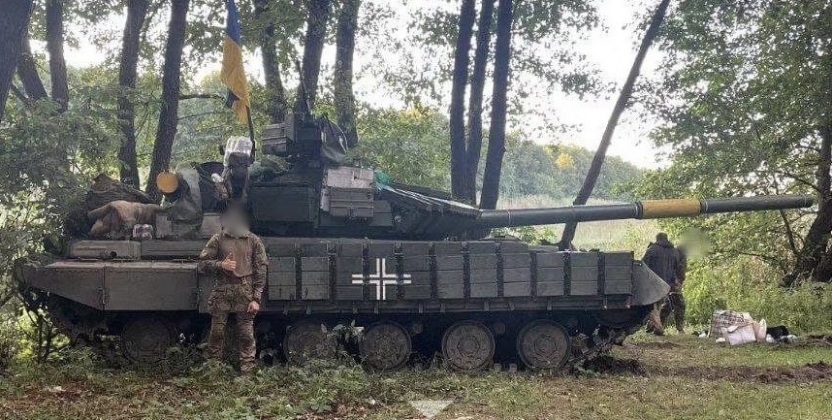News
German Leopard 2 and British Challenger 2 Tanks Heading to Ukraine: Why They Are Unlikely to Fight in the Donbas
As Western arms transfers to Ukraine continue to mount, with weapons valued in the tens of billions of dollars set to be delivered by the middle of the year, growing signs have emerged that the Ukrainian Army will receive its first Western battle tanks with Poland, Britain and Spain being among the most likely to provide these. While the United States and France recently pledged to provide M2 Bradley and AMX-10 RC fighting vehicles, deliveries of the German built Leopard 2 and British Challenger 2 would represent a significant escalation. This comes as Ukraine’s own amour has been increasingly depleted by attrition, and as the hundreds of Soviet designed tanks in NATO inventories have increasingly run out as these have been delivered to the Ukrainian Army in tremendous numbers. While NATO member states have had limited success seeking to acquire Soviet tanks from non Western sources, with only Morocco expected to make significant deliveries of its own T-72s, the alliance has resorted to sending older armour including Slovenian T-54/55s – a design which first entered service in the 1940s.

Poland, Britain and Spain all have Leopard 2 or Challenger 2 tanks to spare, with Poland having recently signed contracts for superior armour including 250 American M1A2 Abrams tanks and several hundred top of the line South Korean K2s. Spain meanwhile has several dozen Leopard 2A4s in storage, while Britain is expected to retire many of its Challengers 2s in the near future as funding has only been made available to modernise 148 of them to the Challenger 3 standard. Many Challenger 2s have already been retired to storage. Both tank classes at 65-70 tons are considerably heavier than those Ukraine currently fields, and will require significantly more fuel and maintenance and new kinds of 120mm ammunition which the country does not currently stock. Their weights make them less well suited to operating from narrow roads or in cities, and their lack of autoloaders means they will require 33% more crew than Soviet designed tanks do. Nevertheless, supplies of spare parts, munitions, and upgrades will likely be less scarce than those for Soviet type tanks which Ukraine’s supporters do not currently produce, while NATO members have large reserves of Leopard 2s and compatible vehicles such as the M1 Abrams which could be delivered in future.

On January 11 Polish President Andrzej Duda stated that a company of Leopard 2s would be transferred to Ukraine – a total of 12 vehicles. It remains likely that these are not expected to be deployed near the frontlines, but instead will be delivered to acquaint Ukrainian forces with the vehicles to facilitate a smoother transition to the class in future. Poland currently has over 240 Leopard 2s in service, with K2 acquisitions expected to allow them to be phased out. NATO members have consistently proven reluctant to supply modern Western armour classes to Ukraine, with the significant possibility of heavy losses to Russian forces potentially undermining their ability to compete for exports overseas in future. The Leopard 2’s combat record has already been deeply tarnished by its performance in Turkish hands against Kurdish and Islamic State insurgents, with the heavy losses suffered to relatively poorly armed adversaries leading Turkish generals to describe their forces’ experience as “trauma.” The M1 Abrams proved similarly underwhelming in Iraqi hands against Islamic State forces and to a lesser but still significant extent in Saudi hands in Yemen. As a result there remains a high possibility that Western tanks delivered will not be deployed to the Donbas frontlines, at least for the foreseeable future, to avoid the possibility of their destruction or capture.












